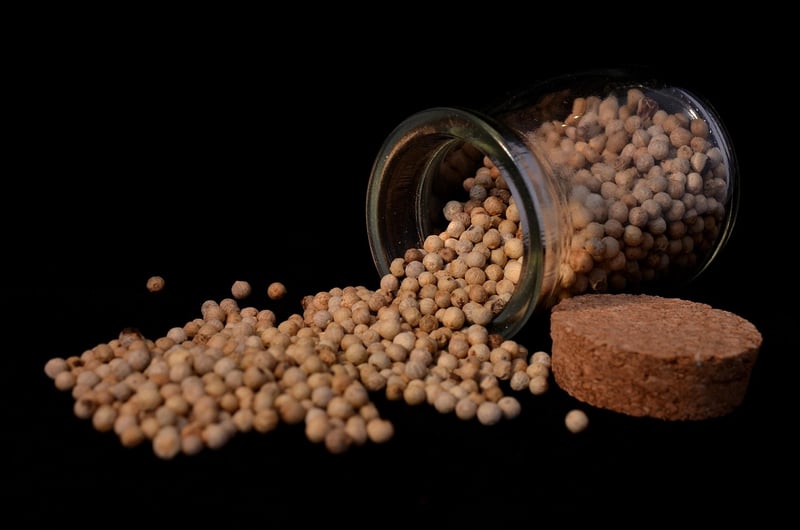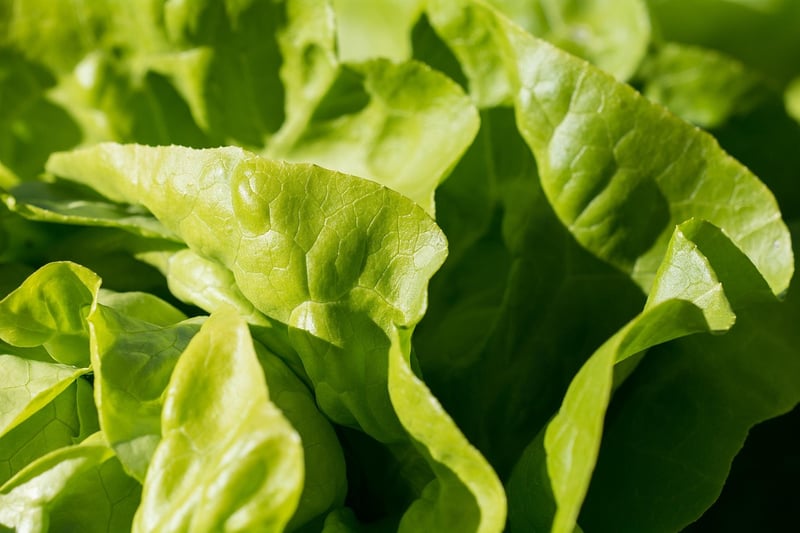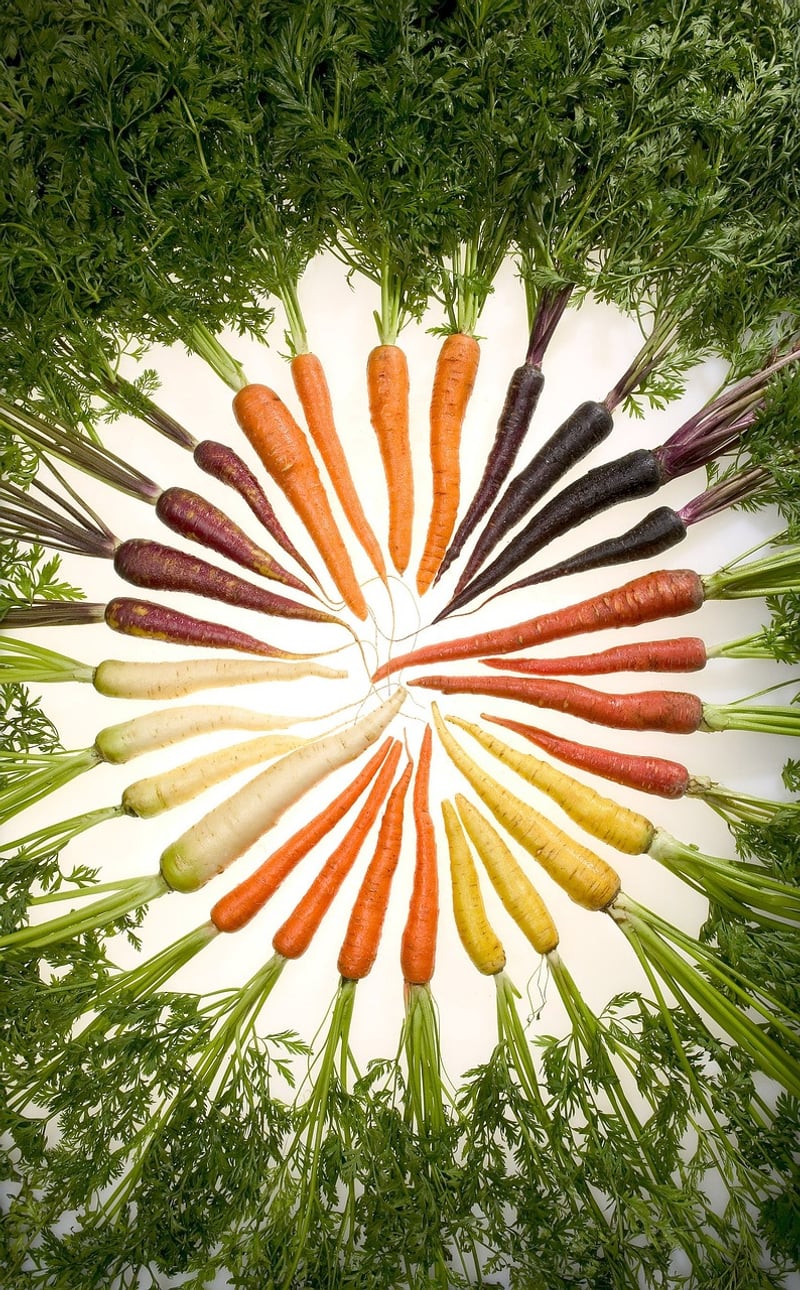Vegetable Varieties
Cultivating Food-Producing Plants: Exploring Vegetable Varieties
When it comes to growing your own food, cultivating food-producing plants can be a rewarding and sustainable practice. Among the wide array of food options, vegetable varieties stand out for their versatility, nutritional value, and ease of cultivation.
Why Grow Your Own Vegetables?
Growing vegetables at home allows you to have a direct impact on the quality and freshness of your food. You can control the use of pesticides and chemicals, ensuring a healthier and more organic diet. Additionally, cultivating your vegetables can be a relaxing and therapeutic activity, connecting you with nature and the seasons.
Popular Vegetable Varieties to Consider:
1. Tomatoes

Tomatoes are a versatile and popular choice for home gardeners. They come in various colors, shapes, and sizes, making them a fun and rewarding plant to grow. Whether you prefer cherry tomatoes for snacking or beefsteak tomatoes for slicing, there is a variety to suit every taste.
2. Bell Peppers

Bell peppers are not only colorful and flavorful but also packed with essential nutrients. They can be grown in different hues, including green, red, yellow, and orange. Bell peppers are a versatile ingredient in various dishes, adding a sweet crunch to salads, stir-fries, and more.
3. Lettuce

Lettuce is a staple in any vegetable garden, offering a continuous harvest of fresh, crisp leaves. With varieties like romaine, butterhead, and leaf lettuce, you can enjoy a mix of textures and flavors in your salads and sandwiches. Lettuce is easy to grow and thrives in cooler temperatures.
Tips for Successful Cultivation:
- Choose a sunny spot for your vegetable garden to ensure adequate light for plant growth.
- Prepare the soil with compost or organic matter to provide essential nutrients for your plants.
- Water your vegetables regularly, ensuring they receive sufficient moisture for healthy development.
- Monitor for pests and diseases, addressing any issues promptly to protect your crops.
- Harvest your vegetables at the peak of ripeness for the best flavor and nutritional content.
By exploring different vegetable varieties and following best practices for cultivation, you can enjoy a bountiful harvest of fresh, homegrown produce. Start your vegetable garden today and experience the joy of growing your own food!
Images Source: Pixabay
